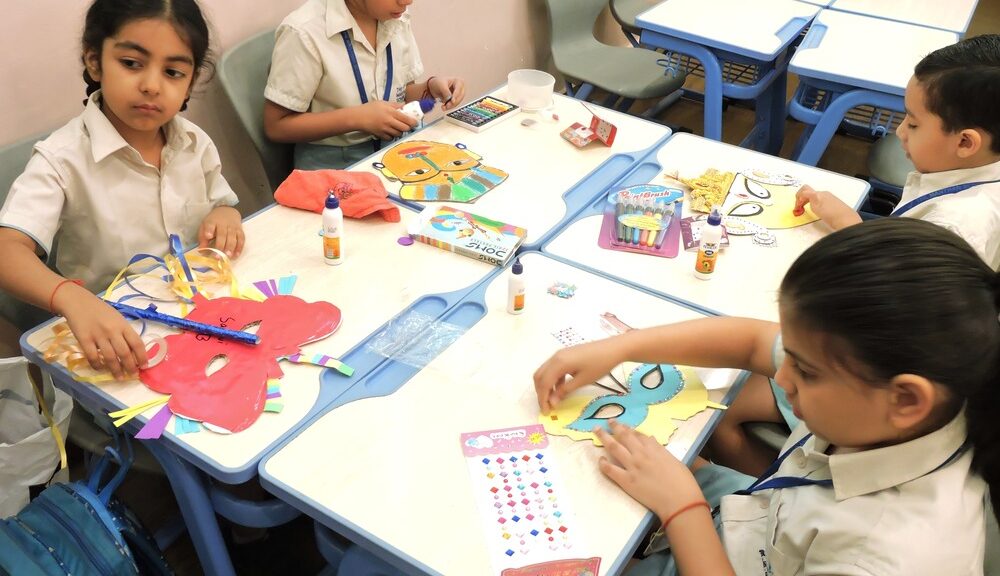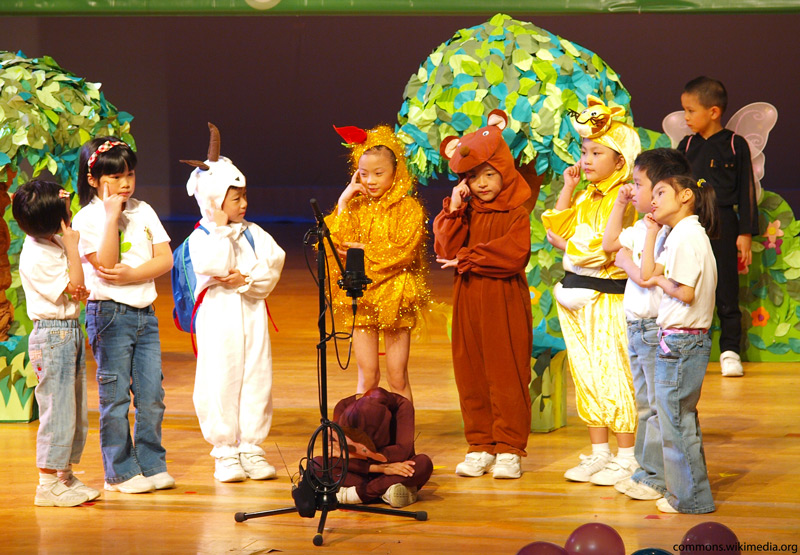The Importance of Drama and Art in Education: Nurturing Minds and Hearts
Education is not merely about imparting facts and figures; it’s about fostering holistic development in individuals. In this pursuit, drama and art play an indispensable role.Exploring the intricate tapestry of artistic pursuits, we uncover their profound influence on education, transcending mere extracurricular endeavors to become vital facets of holistic learning, fostering academic, emotional, and social growth.
Enhancing Creativity and Imagination
A primary advantage of integrating drama and art into the educational process lies in their ability to ignite creativity and imagination. Drama and art offer students the chance to venture beyond conventional boundaries, delve into fresh concepts, and articulate themselves through distinctive avenues. By engaging in imaginative role-play through drama and embracing the liberty to craft through art, students nurture the aptitude to address challenges with a creative mindset and devise inventive resolutions—a skillset of immeasurable worth across all vocations.
Improving Communication Skills
Efficient communication stands as a fundamental pillar of achievement in one’s journey through life. Drama, in particular, serves as a valuable tool for students to refine both their spoken and unspoken communication abilities. Through the enactment of diverse characters, students acquire the art of expressing themselves with precision, conveying their ideas eloquently, and grasping the subtleties of non-verbal cues manifested in body language and facial expressions.
These skills are not only vital for public speaking but also for everyday interactions and collaboration.

Boosting Self-Confidence
Participating in drama and art activities provides students with a platform to step out of their comfort zones and discover their hidden talents. As they perform on stage or showcase their art work, they build self-confidence. This newfound self-assurance extends beyond the stage or art studio, empowering students to approach challenges with resilience and self-belief.
Fostering Empathy and Understanding
Art and drama have the unique ability to foster empathy and promote understanding. In drama, students often step into the shoes of different characters, allowing them to experience different perspectives and emotions. In art,Through art, individuals can visually convey their emotions and ideas, fostering empathy and a profound comprehension of the human condition, ultimately cultivating greater compassion and open-mindedness in students.
Enhancing Critical Thinking Skills
Drama and art require students to analyze and interpret complex situations, characters, and themes. This process of critical thinking sharpens their analytical skills and encourages them to question and explore ideas deeply. They learn to assess and make judgments about the choices they make in their creative work, which translates into improved decision-making skills in various aspects of life.
Encouraging Teamwork and Collaboration
Both drama and art often involve group activities, where students must work together to achieve a common goal. This collaborative aspect not only teaches teamwork but also helps students develop essential social skills. They learn to listen, compromise, and respect others’ opinions, all of which are valuable in building positive relationships and functioning effectively in a community.
Providing a Multisensory Learning Experience
Art and drama engage multiple senses, making the learning experience more immersive and memorable. This multisensory approach accommodates different learning styles, ensuring that students with varying strengths and preferences can thrive. Visual, auditory, kinesthetic, and even emotional experiences are all part of the rich tapestry of art and drama in education.

Bridging Cultural Gaps
Art and drama often explore cultural themes and traditions, allowing students to learn about different cultures and perspectives. This exposure helps break down stereotypes and prejudices, fostering a more inclusive and diverse society. It encourages students to appreciate the beauty of diversity and promotes global citizenship.
Stress Relief and Emotional Expression
Nurturing creativity through arts education not only enriches minds but also molds compassionate, confident, and culturally aware individuals, poised to make meaningful contributions to the world.
Cultivating a Lifelong Appreciation for the Arts
Introducing students to and art at a young age can cultivate a lifelong appreciation for the arts. Many students who are exposed to these forms of expression in school continue to explore and enjoy them throughout their lives, attending the ater performances, visiting art galleries, and even pursuing careers in the arts.
Conclusion
In summary, the seamless infusion of drama and art into education doesn’t constitute a mere appendage; rather, it forms an indispensable cornerstone for a comprehensive and enriching learning journey. Nurturing these domains cultivates creativity, hones social adeptness, bolsters self-assurance, nurtures compassion, elevates analytical prowess, champions collaboration, enables holistic learning, transcends cultural divides, provides solace, and instills a lifelong affinity for the arts. By integrating drama and art into the educational sphere, we empower students to blossom into multifaceted individuals who thrive not just academically but also in emotional intelligence, innovation, and their capacity for empathy, thus molding them into indispensable assets for the betterment of society.
Read More:- 10 THOUGHTFUL QUESTIONS FOR PARENTS TOASK DURING PARENT-TEACHER MEETINGS
Read More:- Navigating the Intellectual Odyssey: Unveiling the KVPY Exam




